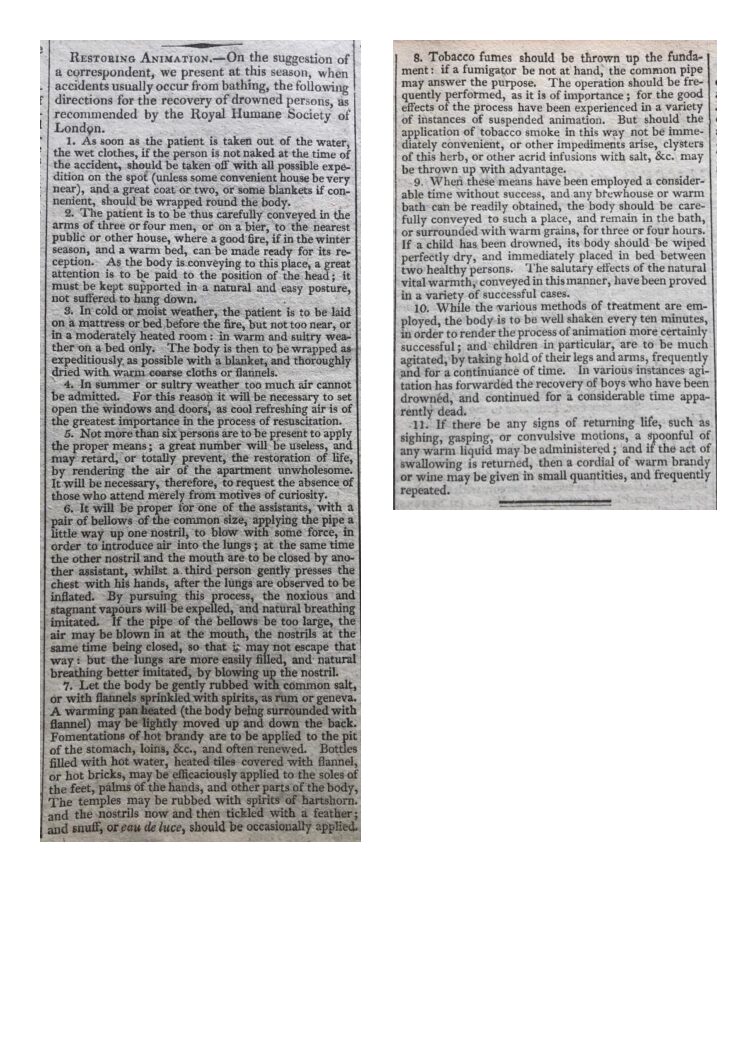Quite how mermaids could be taught to spin, having no feet to work the pedals of a spinning machine?! However, we have seen mermaids in wonderful films over the years, so they must exist.
“The appearances of mermaids to human sight have been, ‘like angels’ visits, few and far between;’ indeed some savans have doubted than any such creature ever existed, except in the regions of fancy or the gull-traps of fraud. No doubt here, as in weightier matters, craft and credulity have acted sp as tp ,ale ,amy think the whole race of mermen and maidens fabulous. In the few accounts on record of the capture of various specimens of these animals, there is much of the marvellous intermixed; for instance, we are told that one which was caught in Holland in 1430 was taught to spin by some young girls, and derived from them some notions of the Deity, and made its reveremnces very devoutly whenever it saw a crucifix.’ An extraordinary mermaid that, and ‘very like a whale,’ as the saying goes. But there is now exhibiting in Regent-street a mermaid, which, though it pretended to no notions of a deity itself, was regarded as one by some natives of South America, who caught it in the Rio de la Plata, and prepared it after a rude manner for presevation. From them it was puchased, the exhibiter states, by two travellers, for the British Museum, the authorities of which have given him special permission to show it for a time. The same authority gives the following description of this ‘mermaid, or siren of the sea,’ as it is designated:- ‘The features are both pleasing and interesting; its teeth are of a snowy whiteness, without any grinders, with cartilaginous gums, tongue, and roof to the mouth. The two arms, which are short, terminate with short webben fingers, each having the appearance of a nail at the end. The bust is perfectly that of a woman. the back is nearly covered with fins, placed in opposite directions, in front of the body. An inspection will certainly confirm this statment; and as naturalists have not condescended to define what a mermaid is under its proper class – mammalia – we may venture perhaps to pronounce this to be as good a one as ever was seen. After being submitted to the view of the Queen and Prince Albert, this ‘siren of the sea’ is to be present at Birmingham during the approaching music festival, a fearful rival to each biped songstress there, who in competition with this fish-woman or woman-fish, will find herself vox et preterea nihil.*
The Stamford Mercury, 15th September, 1843.
*voice and nothing more/sound without substance










